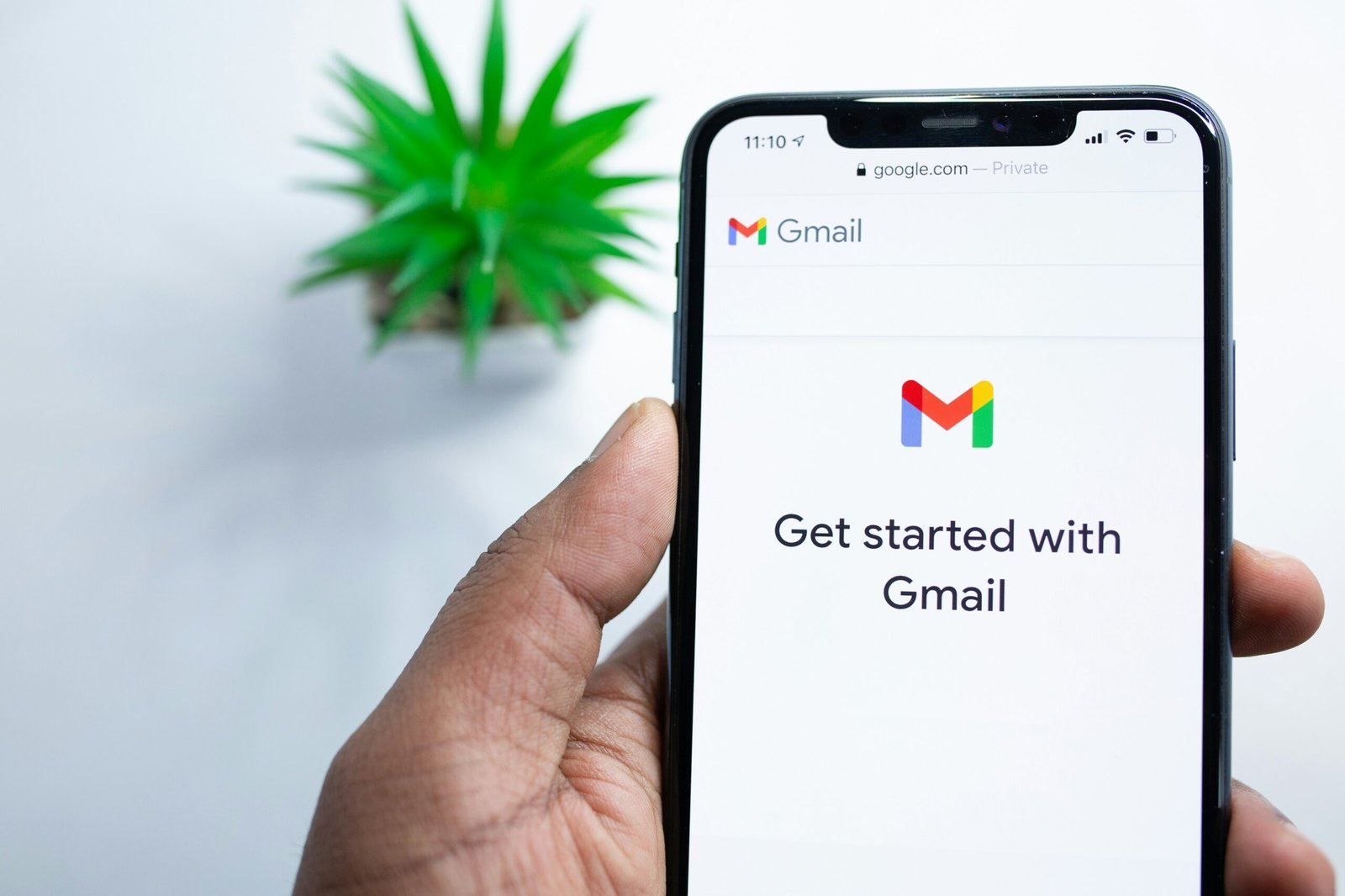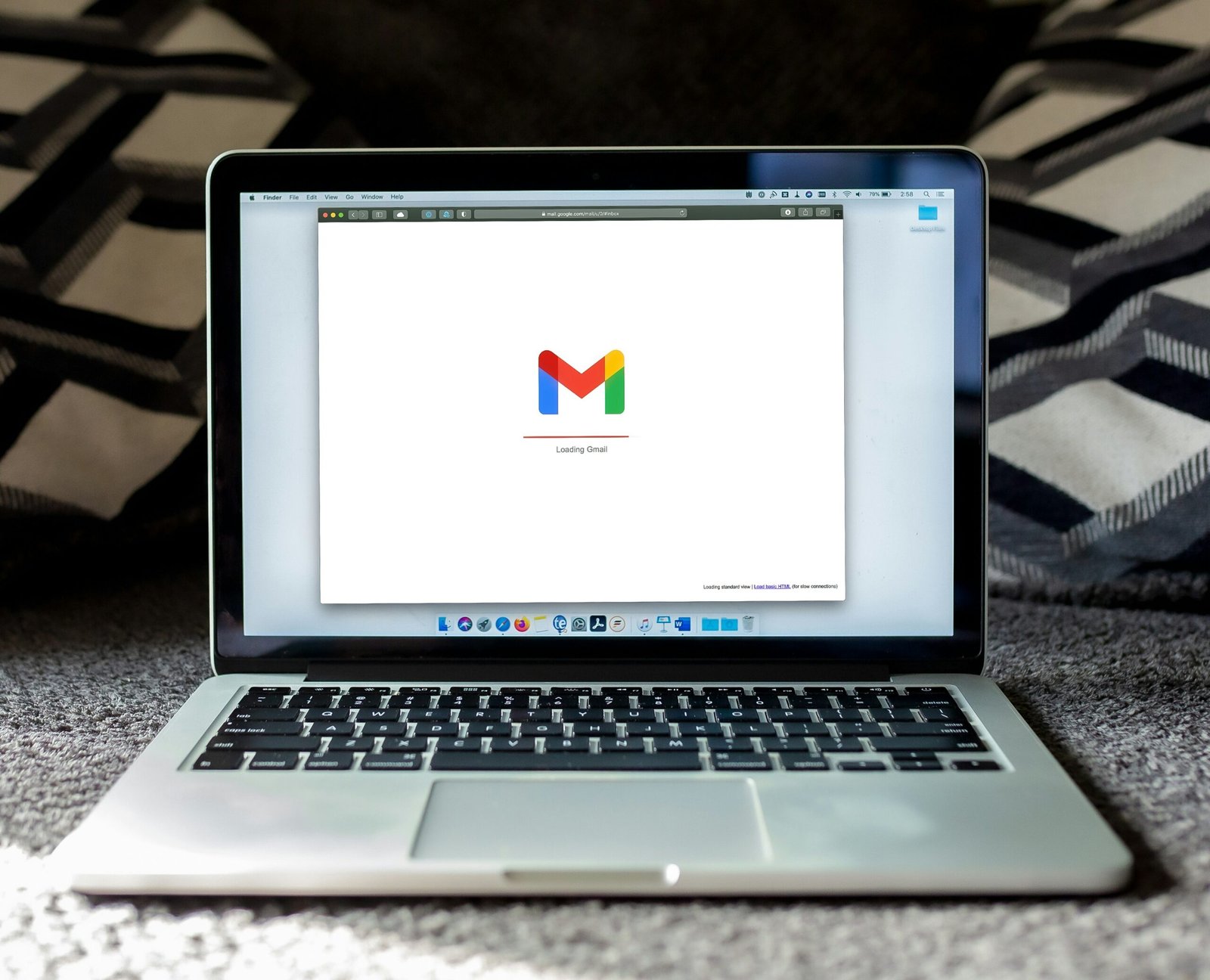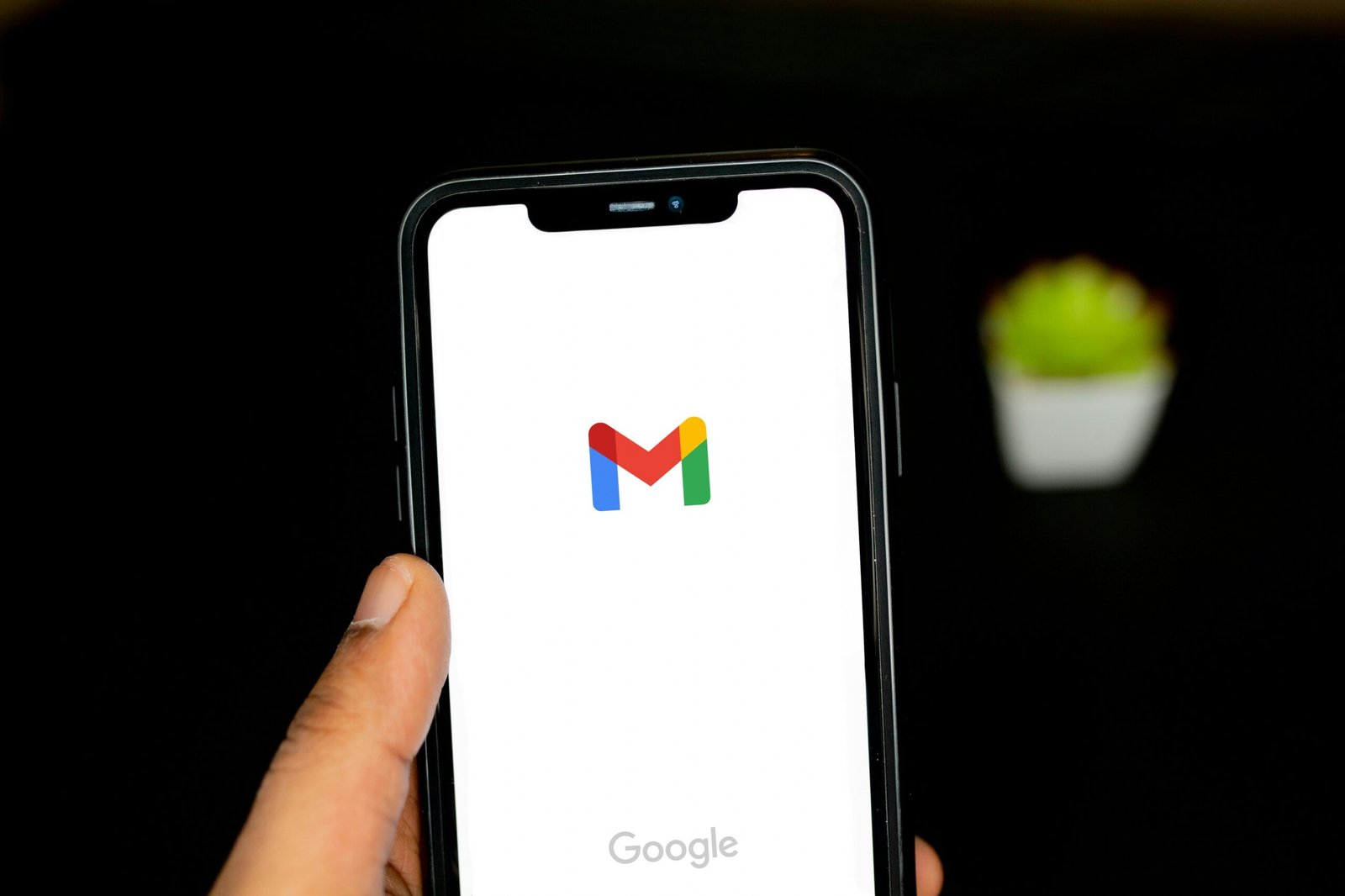1. Personalized Welcome Email Series
A personalized welcome email series is a great way to introduce your B2B professional service audience to your brand and nurture the relationship from the start. This series typically consists of a sequence of emails that are automatically sent to new subscribers over a period of time, such as a week or two.
The key to a successful personalized welcome email series is to make each email feel tailored to the individual recipient. This can be achieved by using their name in the subject line and throughout the email, and by providing content and offers that are relevant to their specific interests or pain points.
For example, if you are an accounting firm targeting small businesses, your welcome email series could include emails that provide tips and resources for managing finances, offer a free consultation or trial of your services, and showcase success stories of other small businesses you have helped.
2. Educational Newsletter
An educational newsletter is a valuable tool for establishing your expertise and providing value to your B2B professional service audience. This type of email campaign can include a variety of content, such as industry insights, how-to guides, case studies, and thought leadership articles.
The key to a successful educational newsletter is to provide content that is informative, relevant, and actionable. This will not only position your brand as a trusted source of information, but also keep your audience engaged and coming back for more.
For example, if you are a marketing agency targeting B2B professional service providers, your educational newsletter could include articles on topics such as content marketing strategies, lead generation tactics, and social media advertising tips.
3. Event Promotion Campaign
If you are hosting a webinar, workshop, or other event for your B2B professional service audience, an event promotion campaign can help drive registrations and increase attendance. This type of email campaign typically includes a series of emails leading up to the event, as well as follow-up emails afterwards.
The key to a successful event promotion campaign is to create a sense of urgency and excitement around the event. This can be done by offering early bird discounts or limited-time offers, highlighting the benefits and value of attending the event, and showcasing testimonials or success stories from previous attendees.
For example, if you are a software company hosting a webinar on the latest industry trends, your event promotion campaign could include emails that provide sneak peeks of the content that will be covered, offer exclusive bonuses or resources to attendees, and remind them of the date and time of the webinar.
4. Lead Nurturing Drip Campaign
A lead nurturing drip campaign is a series of emails that are sent to prospects who have expressed interest in your B2B professional services, but are not yet ready to make a purchase or commitment. This type of campaign is designed to keep your brand top of mind, provide valuable information, and gently guide prospects towards taking the next step in the buying process.
The key to a successful lead nurturing drip campaign is to provide content that is relevant and helpful to the prospect at each stage of their buyer’s journey. This can include case studies, product demos, customer testimonials, and educational resources.
For example, if you are a consulting firm targeting B2B professional service providers, your lead nurturing drip campaign could include emails that address common pain points or challenges faced by your target audience, provide tips and strategies for overcoming those challenges, and offer a free consultation or assessment.
5. Customer Retention Campaign
A customer retention campaign is a series of emails that are sent to existing clients to keep them engaged, build loyalty, and encourage repeat business. This type of campaign can include a variety of content, such as exclusive offers, customer spotlights, and personalized recommendations.
The key to a successful customer retention campaign is to make your clients feel valued and appreciated. This can be achieved by personalizing your emails with their name and past purchase history, offering rewards or incentives for their loyalty, and providing proactive customer support.
For example, if you are a software company with a subscription-based model, your customer retention campaign could include emails that provide updates on new features or enhancements, offer discounts or upgrades for renewing their subscription, and provide resources or tutorials to help them get the most out of your software.
1. Personalized Welcome Emails
A personalized welcome email is an excellent way to make a positive first impression on new subscribers. By addressing the recipient by name and providing relevant information or resources, you can establish a connection and demonstrate your value right from the start. This type of email campaign can be particularly effective for B2B professional service audiences, as it shows that you understand their specific needs and challenges.
In addition to personalization, a successful welcome email should include a clear call-to-action (CTA) that encourages the recipient to take the next step. Whether it’s downloading a whitepaper, scheduling a consultation, or signing up for a webinar, the CTA should align with the recipient’s interests and provide a clear benefit.
Furthermore, a personalized welcome email can also serve as an opportunity to set expectations for the recipient. By outlining what they can expect from your emails and how frequently they will receive them, you can help manage their expectations and prevent them from feeling overwhelmed or bombarded with messages. This transparency can build trust and credibility, increasing the likelihood that they will engage with your future emails.
Another important element to consider when crafting a personalized welcome email is the design and layout. The email should be visually appealing and easy to read, with a clean and professional design. Including your brand logo and colors can help reinforce your brand identity and make the email more memorable.
Additionally, it’s essential to ensure that your welcome email is mobile-friendly. With the increasing use of smartphones and tablets, many people access their emails on mobile devices. If your email is not optimized for mobile viewing, it may appear distorted or difficult to read, leading to a negative user experience.
Finally, it’s crucial to regularly analyze the performance of your welcome emails and make any necessary adjustments. By tracking metrics such as open rates, click-through rates, and conversions, you can determine what is working well and what can be improved. A/B testing different subject lines, CTAs, or email designs can help you optimize your welcome email and increase its effectiveness.
In addition to providing valuable content, an educational drip campaign can also be used to nurture leads and move them further down the sales funnel. By segmenting your audience based on their interests or behaviors, you can tailor the content of each email to their specific needs and preferences.
For example, if a subscriber has shown interest in a particular topic or downloaded a specific resource, you can send them targeted emails that delve deeper into that subject matter. This personalized approach not only enhances the subscriber’s experience but also increases the likelihood of conversion.
Another important aspect of an educational drip campaign is the timing and frequency of the emails. You want to strike a balance between staying top of mind and avoiding overwhelming your subscribers. Sending emails too frequently can lead to unsubscribes or even being marked as spam, while sending them too infrequently may cause your audience to forget about your brand.
To determine the optimal timing and frequency, it’s important to analyze your audience’s engagement patterns and preferences. Use email analytics to track open rates, click-through rates, and unsubscribe rates to gauge the effectiveness of your campaign. Experiment with different send times and frequencies to find what works best for your audience.
Lastly, don’t forget to optimize your emails for mobile devices. With the increasing use of smartphones and tablets, it’s crucial that your emails are easily readable and navigable on smaller screens. Use responsive design techniques to ensure that your content adapts to different screen sizes and resolutions.
In conclusion, an educational drip campaign is a powerful tool for B2B professional service providers to establish themselves as industry experts, build trust with their audience, nurture leads, and ultimately drive conversions. By providing valuable and targeted content, optimizing the timing and frequency of emails, and ensuring mobile responsiveness, you can create a successful drip campaign that engages and delights your subscribers.
To further enhance the impact of your case studies and success stories, consider incorporating before and after scenarios. By illustrating the initial challenges faced by the client and then showcasing the positive outcomes achieved through your services, you can effectively demonstrate the transformative power of your solutions.
Additionally, it is important to provide specific details and data to support your claims. Include key metrics and statistics that highlight the tangible benefits your services have delivered. Whether it’s increased revenue, improved efficiency, or cost savings, these quantifiable results will resonate with your audience and further validate the effectiveness of your offerings.
Another strategy to consider is featuring a variety of case studies and success stories that cater to different industries or business sizes. This will allow you to showcase the versatility and adaptability of your services, making them appealing to a wider range of potential clients. By presenting a diverse range of examples, you can address the unique pain points and challenges faced by different businesses, increasing the relevance and relatability of your content.
In addition to including quotes or testimonials from satisfied clients, consider incorporating real-life anecdotes or narratives to make your case studies more compelling. By sharing the personal experiences and journeys of your clients, you can create an emotional connection with your audience and inspire them to envision how your services could similarly transform their own businesses.
Finally, don’t forget to optimize your case studies and success stories for search engines. By incorporating relevant keywords and phrases throughout the content, you can increase the likelihood of your stories being discovered by potential clients who are actively searching for solutions to their specific challenges.
In conclusion, case studies and success stories are powerful tools for showcasing the value and effectiveness of your B2B professional services. By carefully selecting relevant examples, incorporating visual elements, providing specific details and data, and optimizing for search engines, you can create compelling narratives that resonate with your target audience and ultimately drive business growth.
Another effective strategy to increase attendance at your events is to leverage social media platforms. In addition to sending event invitations via email, you can also create event pages on platforms like Facebook and LinkedIn to reach a wider audience.
On these event pages, you can provide more detailed information about the event, such as the agenda, speaker bios, and any additional resources that attendees will receive. Encourage your email subscribers to share the event page with their networks, increasing the chances of reaching potential attendees who may not be on your email list.
In addition to event invitations and reminders, it’s important to engage with your audience before and after the event. Consider sending pre-event emails that provide attendees with relevant resources or materials to prepare them for the event. This could include pre-reading materials, worksheets, or even a short video introducing the topic or speaker.
After the event, send a follow-up email to thank attendees for their participation and provide them with a recap of the event highlights. This is also a great opportunity to share any additional resources or offers that may be relevant to the event topic. By continuing the conversation after the event, you can nurture the relationship with attendees and potentially convert them into clients or customers.
Finally, don’t forget to track the success of your event marketing efforts. Monitor the open rates, click-through rates, and registration rates of your event emails to gauge the effectiveness of your messaging. Additionally, measure the attendance rate and collect feedback from attendees to identify areas for improvement in future events.
By incorporating these strategies into your event marketing campaigns, you can maximize attendance and engagement, ultimately leading to a more successful event and increased brand awareness for your B2B professional service.
5. Re-engagement Campaigns
Over time, some of your subscribers may become disengaged or stop opening your emails. A re-engagement campaign can help you reconnect with these individuals and bring them back into the fold.
When creating a re-engagement campaign, start by identifying the inactive subscribers on your list. Craft a compelling email that acknowledges their previous engagement and expresses your desire to continue providing value to them. Consider offering an incentive, such as a discount or exclusive content, to encourage them to re-engage.
If the recipient still doesn’t respond after a certain period of time, it may be necessary to remove them from your list. While it can be difficult to let go of subscribers, it’s important to maintain a healthy and engaged audience to maximize the effectiveness of your email campaigns.
However, before completely removing them from your list, it’s worth considering a few additional strategies to re-engage them. One option is to send a follow-up email, reminding them of the previous email and the offer or incentive you provided. This can serve as a gentle nudge to encourage them to take action.
Another approach is to segment your inactive subscribers into smaller groups based on their previous engagement levels. For example, you could create a segment for subscribers who haven’t opened your emails in the last three months, and another segment for those who haven’t opened them in the last six months. By tailoring your re-engagement efforts to each segment, you can customize your messaging and offers to better resonate with their specific needs and interests.
In addition to email, you can also explore other channels to re-engage your subscribers. For example, you could run targeted social media ads or create personalized landing pages with special offers specifically designed for inactive subscribers. By diversifying your re-engagement efforts across multiple channels, you increase the likelihood of capturing their attention and enticing them to re-engage.
Lastly, it’s important to regularly analyze the results of your re-engagement campaigns. Monitor metrics such as open rates, click-through rates, and conversions to gauge the effectiveness of your efforts. Use this data to refine your strategies and optimize your re-engagement campaigns over time.
Remember, re-engagement campaigns are an essential part of maintaining a healthy email list. By proactively reaching out to disengaged subscribers, you can rekindle their interest and strengthen your relationship with them, ultimately driving better results for your email marketing efforts.




